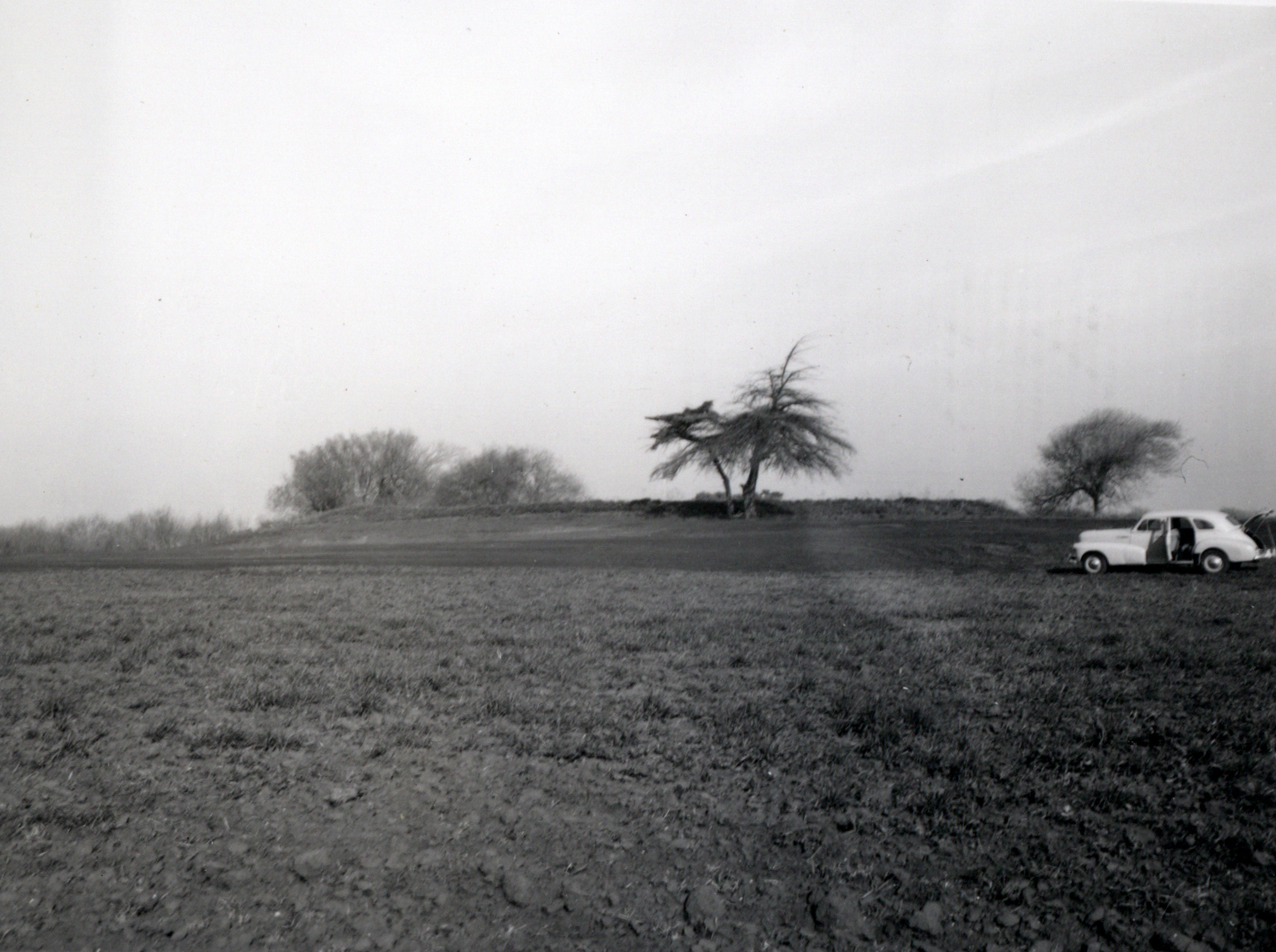The relationship was never easy but at times like this it takes a particularly sour turn where none of the involved parties appear to be fully satisfied of the final outcome. The archaeologists mourn the loss of possibly the oldest and largest mound in the region, the tribe is upset that their views and actions aren't blindly accepted while the public, according to reader comments on multiple news outlets, is divided into many factions and wondering how and why this happened and if it is even remotely relevant?
Archaeological activity in California is framed by a multitude of laws, codes and regulations. All of them are good laws, relevant in our daily lives and not easy to navigate. Few people are familiar with them, the rest has opinions, lots of opinions. A commonly voiced opinion is that archaeologists are always lobbying for the excavation of pristine sites and they will, no matter the cost. A romantic view of anthropology indeed reminiscent of a past that seems impossible to shed no matter how hard we try, no matter how many apologies were offered. Today's archaeology is expensive, it requires many people with different expertise and trainings, it requires expensive field and lab equipment. Most archaeologists are conservative and prefer small units, non-invasive methods, do not excavate unless there is a real danger for destruction. Gone are the days of large excavations with hordes of college students trowelling along their professors and yet it seems to be still the predominant view of archaeology among the public.
The safety and management of cultural and natural resources are mandated by those laws; archaeology is only a part of it (and not where big money is). Today's academic archaeology is restricted in scope and size and professional archaeology is almost entirely dependent on agendas that are not set by the archaeologists themselves. Railways and freeways, housing developments and shopping malls, levees and dams, pipelines and cellular towers are built every day. We actively modify our landscape day by day. For the last four decades, California archaeologists were called to mitigate the damage those activities could inflict to our cultural landscape. If an important part of our history has to be destroyed wouldn't it be worth to record and possibly salvage some? And if it turns out to be very important wouldn't be worth to protect it so that future generations can possibly learn from it as well? This time the Tribal associate decided it wasn't. Literally everything has been destroyed. The owner could decide not to follow the Tribe wishes but did. It was never for the archaeologists to decide the final fate of the mound. I bet they wished an entirely different ending, perhaps including the preservation of the mound, coincidentally something that the Tribe decide not to pursue (though admittedly unrealistic). In the end no laws were broken and part of the public argues that after all it was just a bunch of really old trash ("how many projectile points do you really need?") so, why all the fuss?
We will survive the destruction of the Larkspur shellmound. Those in Berkeley, San Mateo, Richmond, and many others are already gone. Few if any IKEA customers would remember the hype and commotion caused by the levelling of the Emeryville shellmound not many years ago. Sic transit gloria mundi but archaeological feelings aside I strongly resent that my right to know the past should be limited to what I am summoned to believe. The Tribe exercised their right; I respect current native beliefs and practices but I don't want to make them mine. I do not advocate to tramp anyone's feelings and yet I resent the idea that knowledge is a matter of semi-religious beliefs that cannot be discussed or debated. I am an archaeologist and knowledge is a passion and a principle I stand for and I never imagined to be considered offensive or irrespectful to others because of that. I work for an academic institution of higher education and I am proud of it. Our past is important and we should condemn the capricious and spiteful destruction of it.
The past is appropriated whether we like it or not, and we should stand up for rationality, and for what we know and can demonstrate about the past. We cannot transform contemporary power relations and inequalities by archaeology alone, but we must not stand apart from the real world and allow the appropriation of pasts that are just plain wrong*
I don't want to be told, I dream of knowing.
The Bay Area used to be littered with ancient mounds, proud and silent vestiges of a past that becomes more and more colorful as our knowledge of it grows. The most complete survey was mapped by Nels C. Nelson before 1909 and he counted more than 400. Most of them are now levelled, built-over, graded for soil. Life goes on, their destruction was at times inevitable. I and many others are glad that something of them is still available for future studies, to the public and scholarly interest, and that also remains forever the property of the people of California.
View of CA-Ala-329 before the excavation in 1948.
The center of the mound was already hollowed for a small reservoir
Hearst Museum Archaeological Archives. Photo by C.E. Smith
Hearst Museum 1-29278
Shaped scapula "saw"; broken
CA-Ala-329, Alameda county, California
Collected by Waldo R. Wedel, 1935
This bone, modified into a sawing tool, was found in an area of the site associated with a hearth. The small notches are nicely polished and a shiny patina is visible at the edge. The context suggests a small workshop to treat grasses and other plants for basketry and clothing items.
* My perspective is not shared by all the people working at the Hearst Museum of Anthropology
* John Chapman: Archaeologies of Complexity



No comments:
Post a Comment